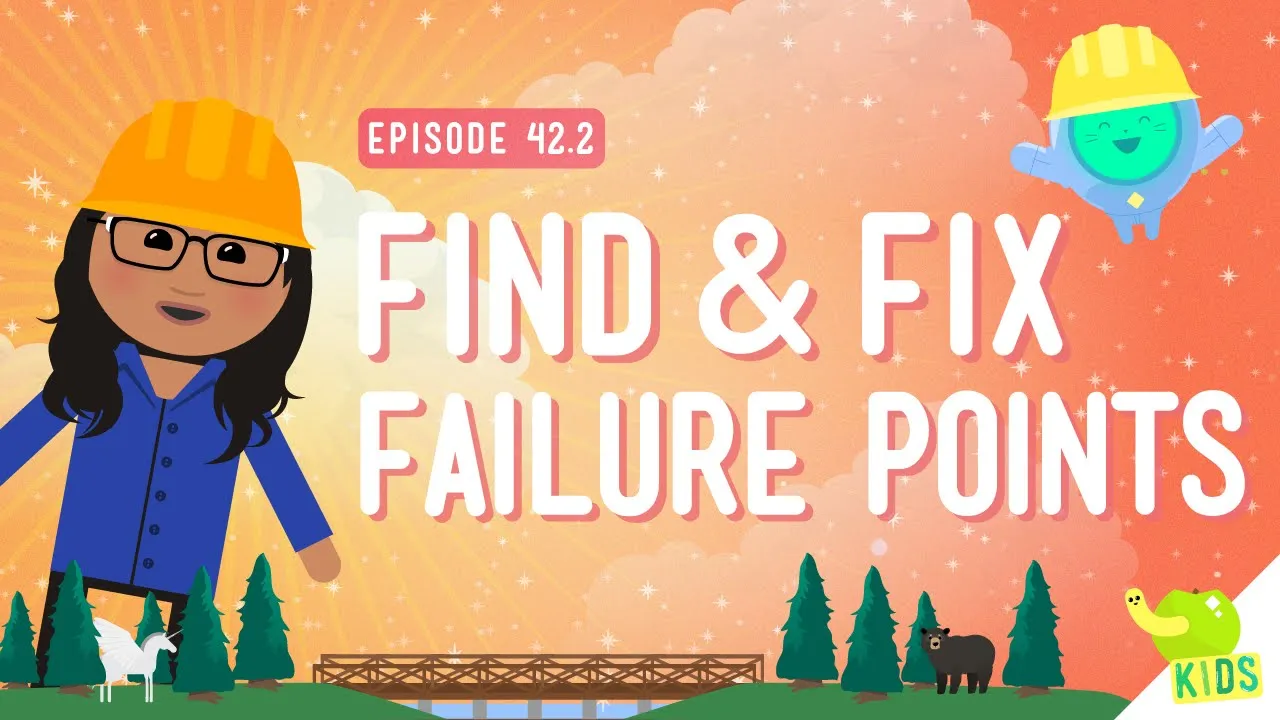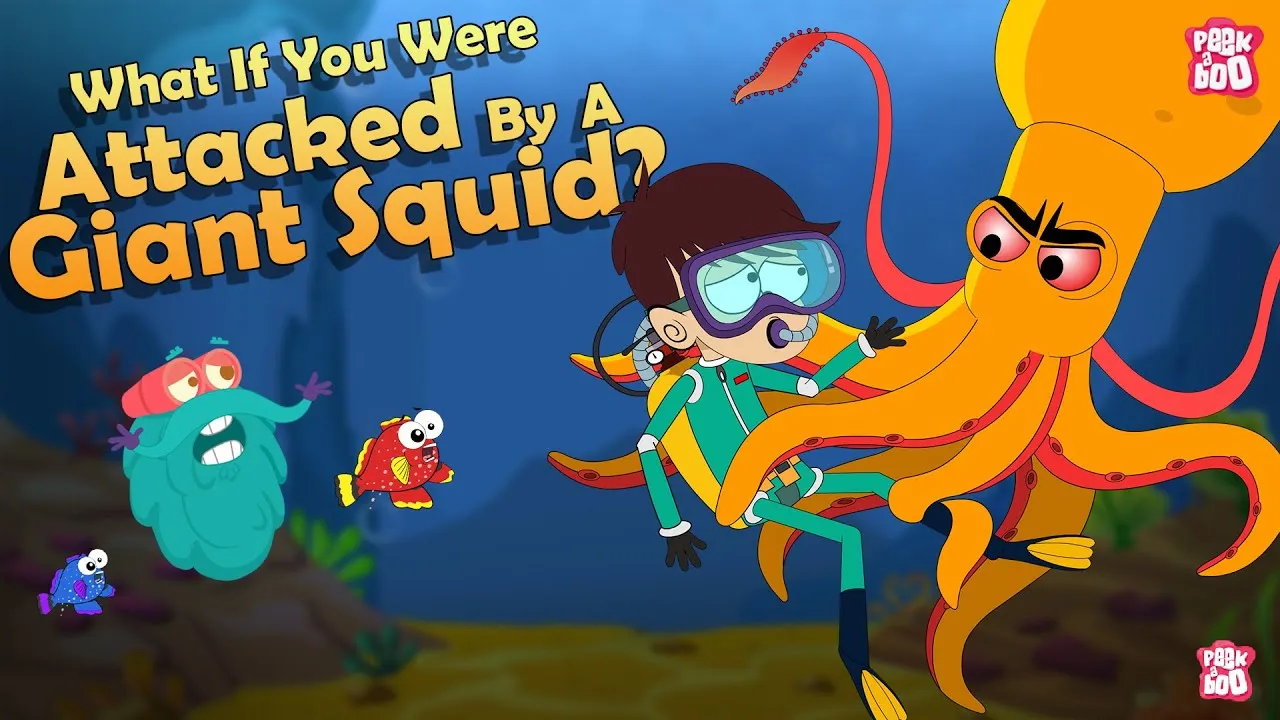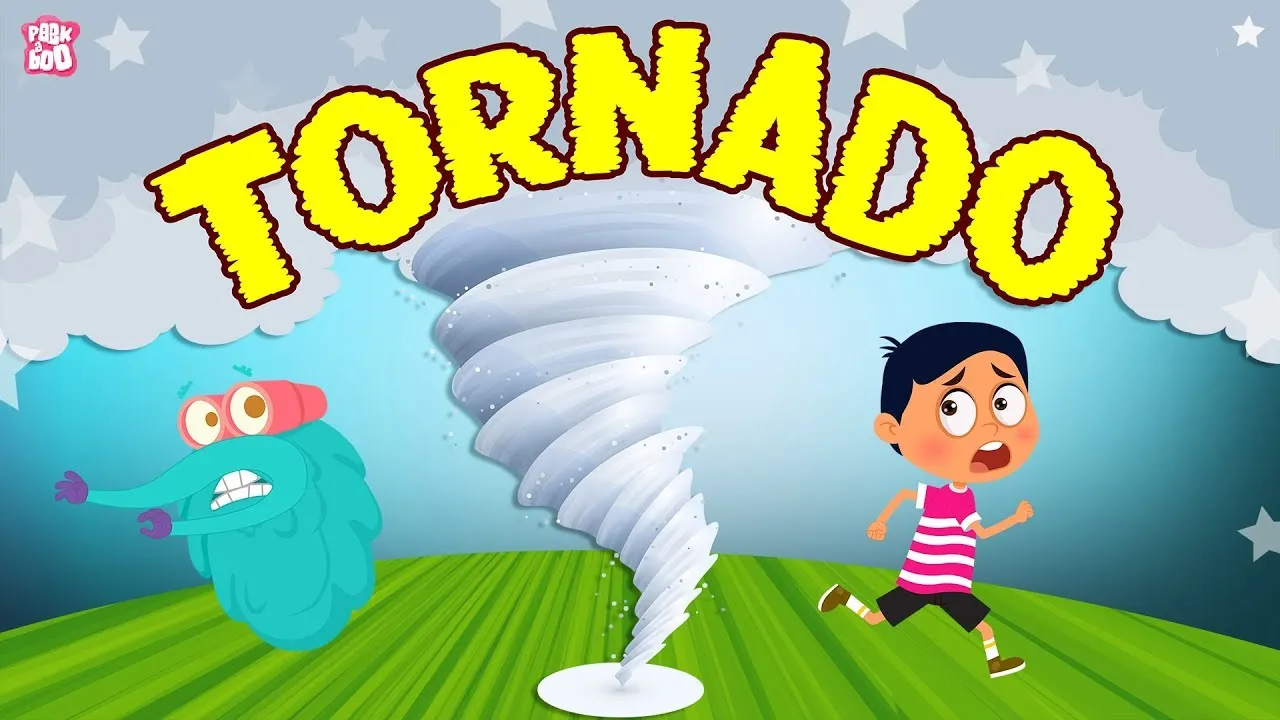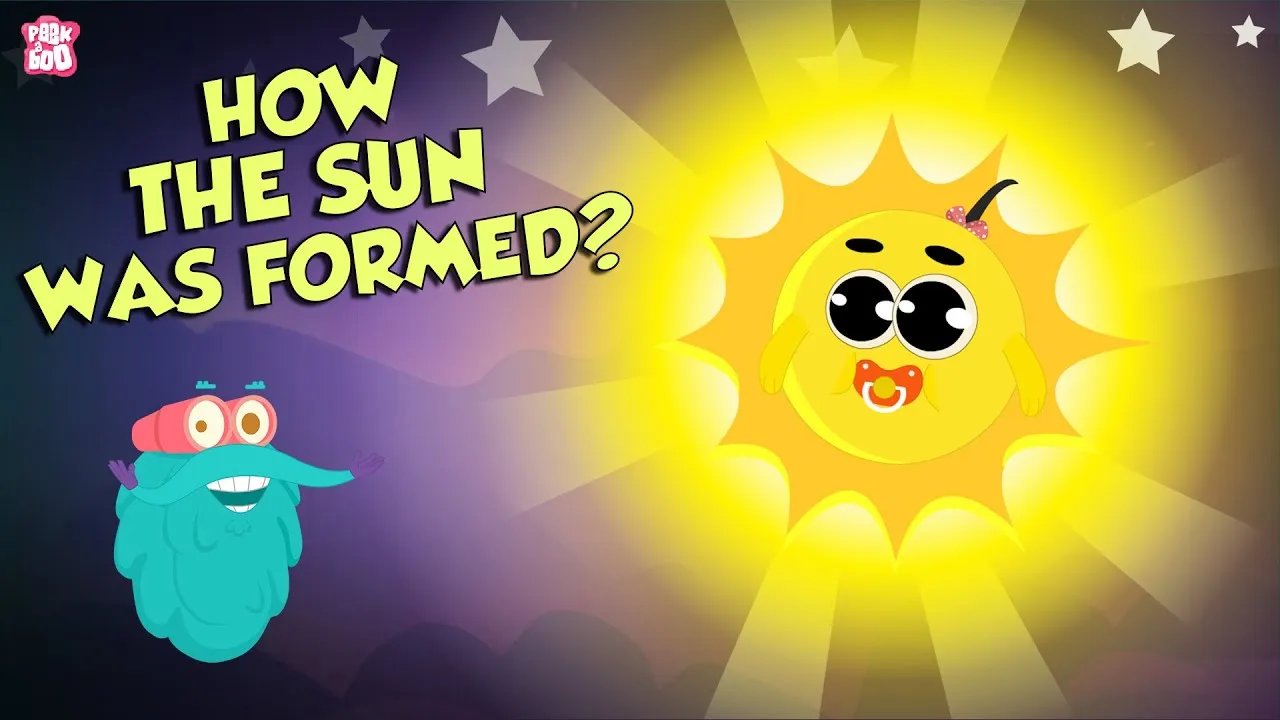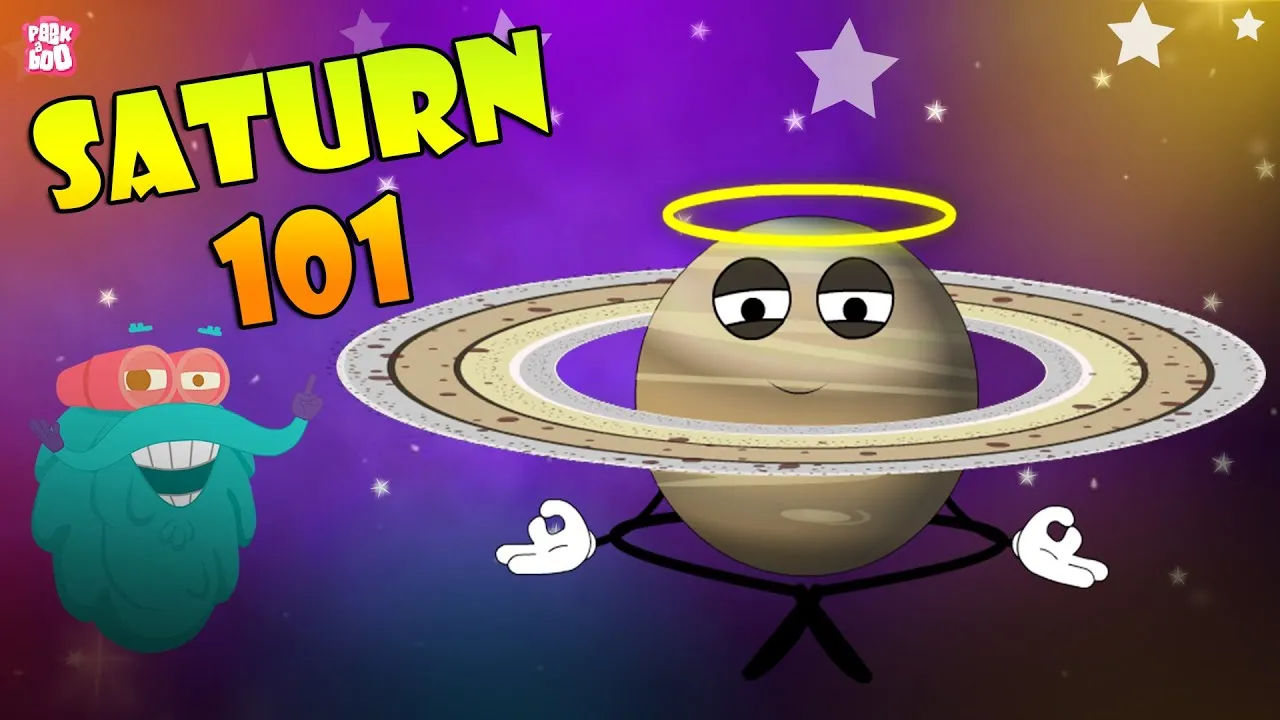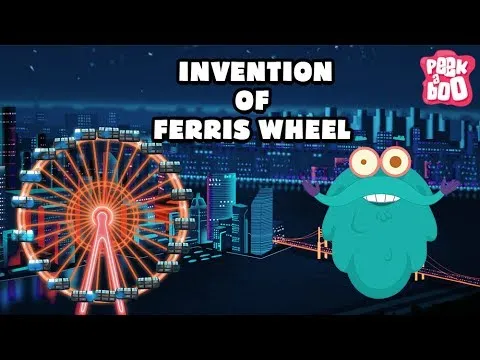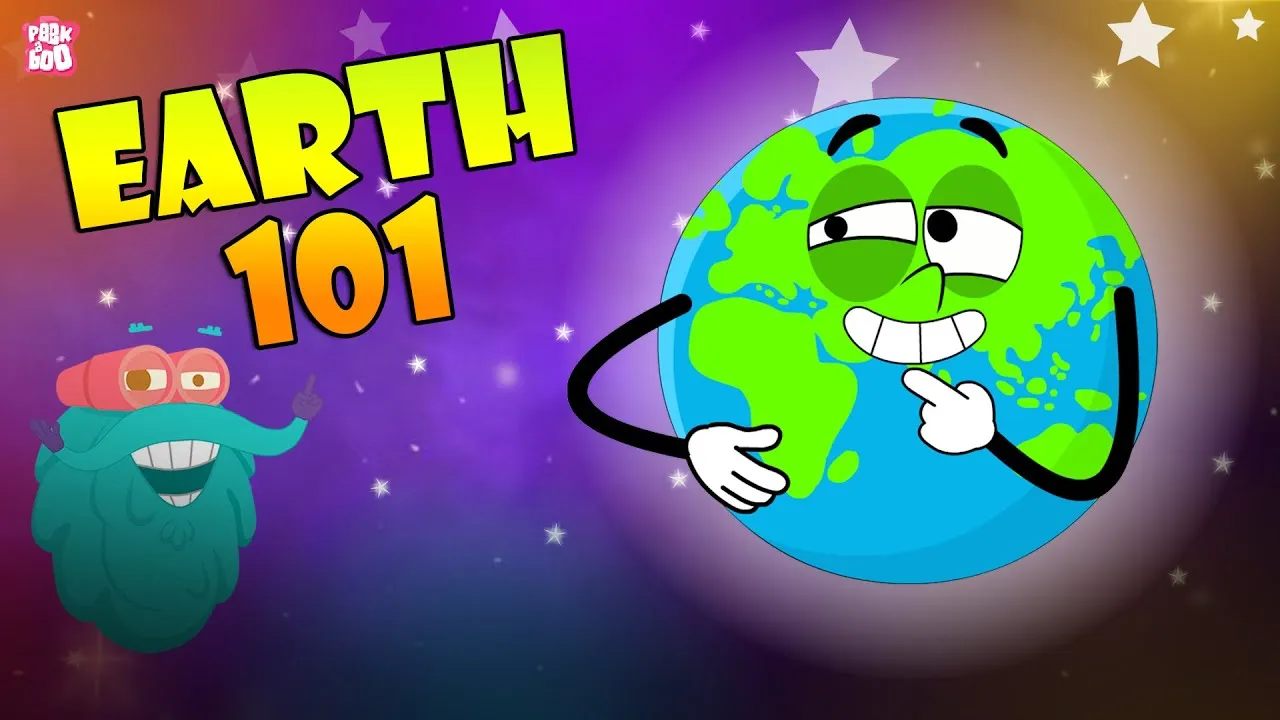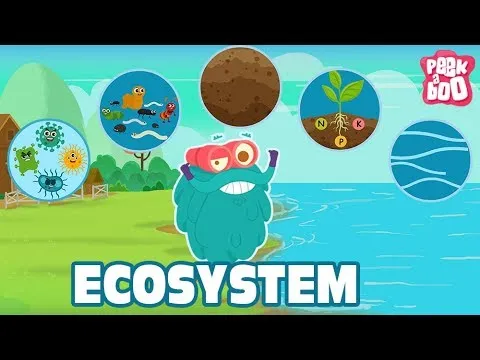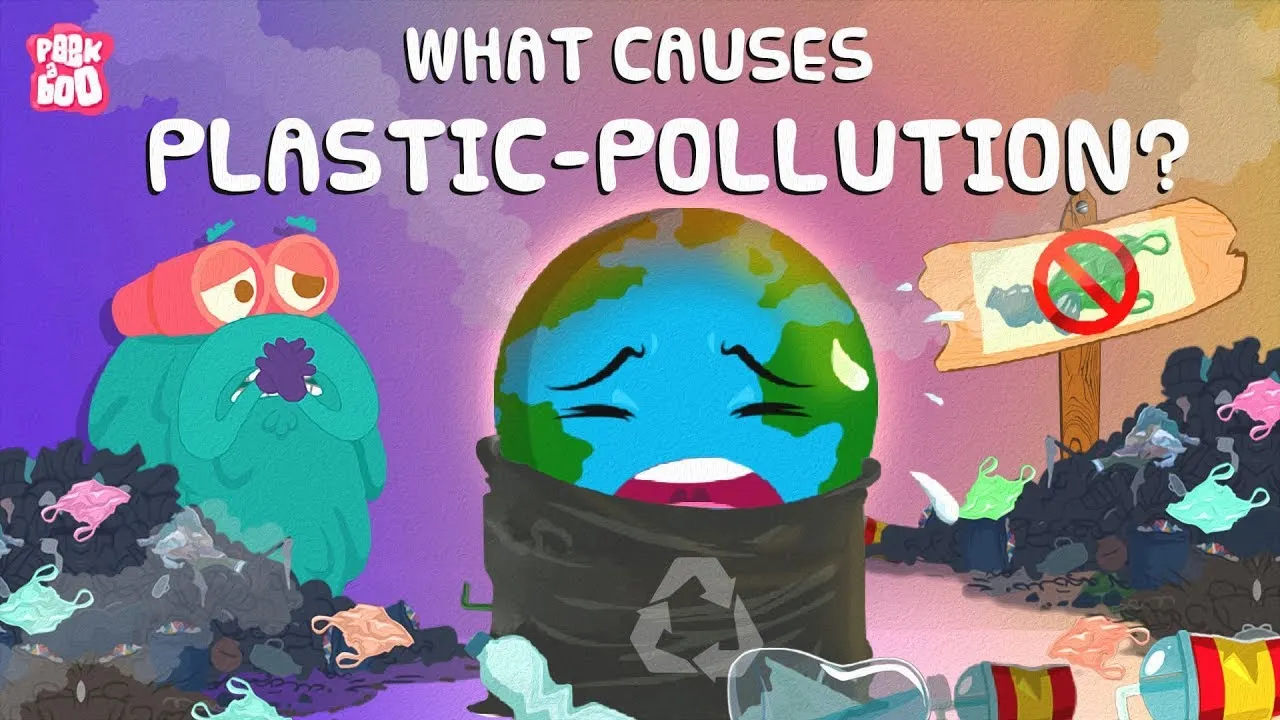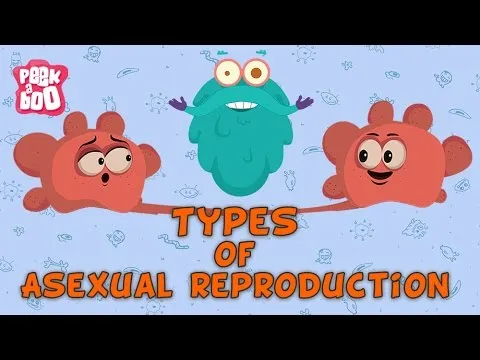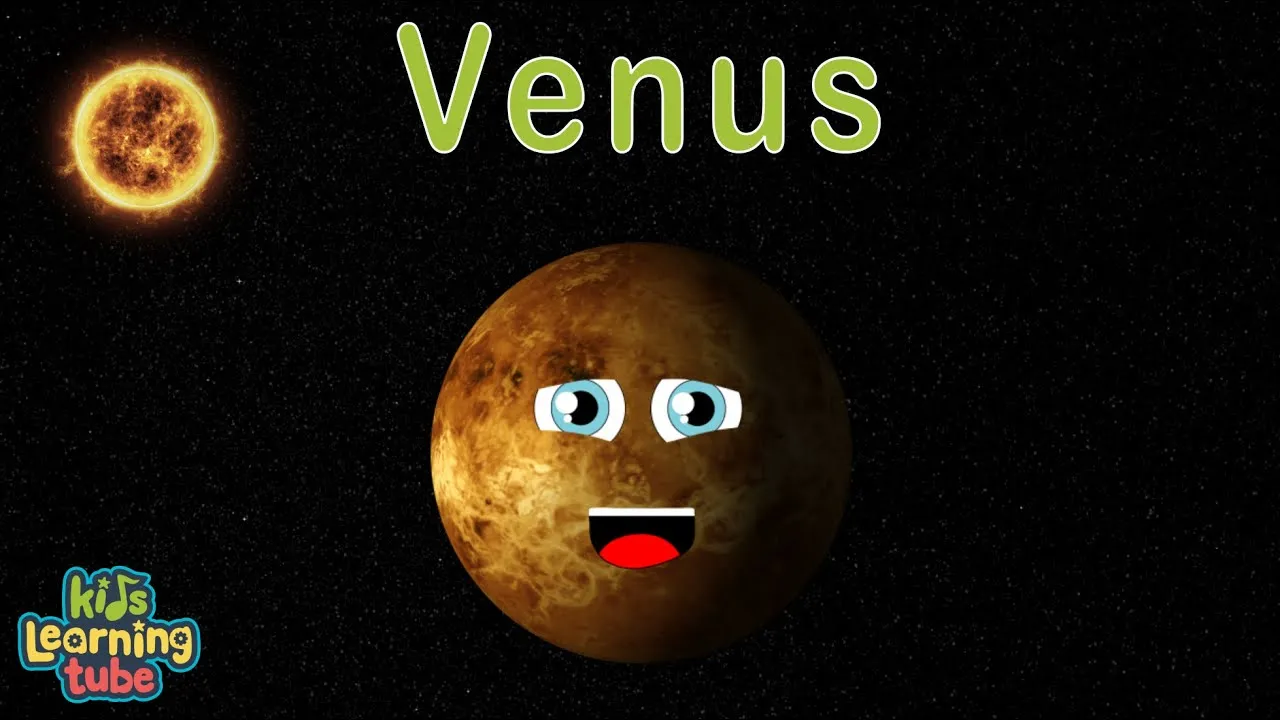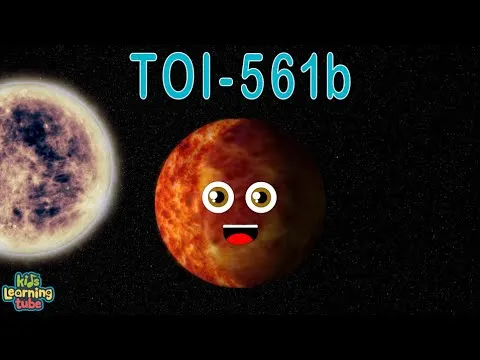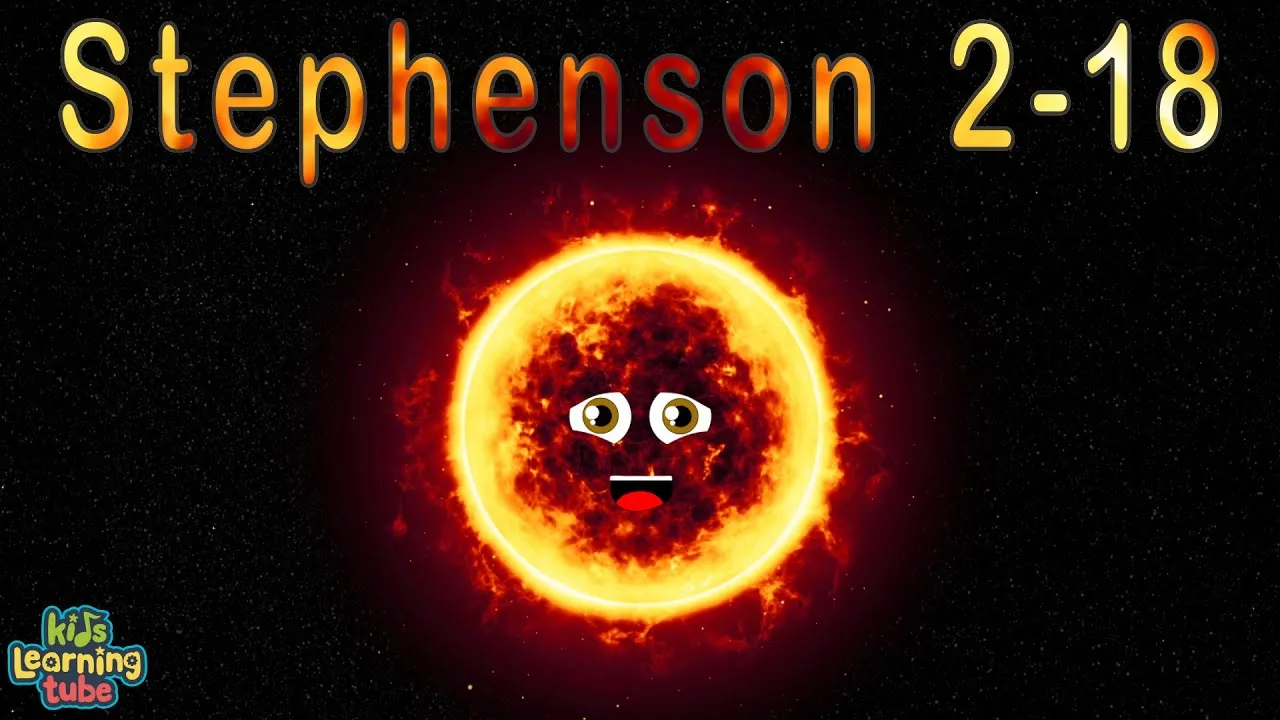Grade 5 Video Lessons
Unlock new skills with our AI-guided video lessons, crafted for Grade 5 students! We've chosen the best YouTube videos to make learning engaging, fun, and enriching.
In this lesson, future engineers learn the importance of failure in the problem-solving process, emphasizing that identifying and addressing failure points is crucial for creating effective solutions. Engineers follow a systematic approach to testing, isolating variables, and using models to identify weaknesses, ultimately improving designs through iterative testing. By embracing failure as a learning opportunity, engineers can enhance their solutions and ensure safety and functionality.
In this lesson, kids engage in solving a variety of fun mysteries and puzzles that challenge their observational skills and critical thinking. Through scenarios like identifying the real mom, spotting a time traveler, and uncovering oddities in everyday situations, students learn to pay attention to details and think logically. The lesson encourages creativity and problem-solving while providing an entertaining way to enhance cognitive skills.
The lesson "Caring for Your Jals: A Fun Guide" teaches pet owners how to properly care for their jals, adorable creatures from Mongolia. Key responsibilities include daily cage cleaning, biweekly deep cleaning, providing a balanced diet of mly and fresh fruits, ensuring a constant supply of clean water, and engaging in regular playtime to build trust and strengthen the bond with their pets. By following these guidelines, owners can ensure their jals remain happy, healthy, and well-adjusted companions.
The lesson on snoring explores its causes, effects, and potential solutions, highlighting that snoring occurs when airflow is obstructed during sleep, often due to factors like nasal congestion, anatomy, sleep position, and obesity. It emphasizes the importance of addressing snoring, as it can disrupt sleep for both the snorer and others, and may indicate more serious conditions like sleep apnea. Practical solutions include clearing nasal passages, establishing a consistent sleep routine, changing sleep positions, and maintaining a healthy lifestyle to reduce snoring and improve overall sleep quality.
What If You Were Attacked By A Giant Squid? | How to Survive? | Deep Sea Creatures | Dr. Binocs Show
The lesson on giant squids highlights their fascinating characteristics, including their impressive size, unique anatomy, and generally calm nature. It emphasizes the importance of preparation and respect when exploring their ocean habitat, providing practical tips for safely encountering these creatures. By understanding giant squids and their behavior, individuals can appreciate the ocean's wonders while ensuring their safety.
The lesson emphasizes the dangers of consuming moldy bread, highlighting that mold has hidden structures that can contaminate the entire loaf, making it unsafe to eat even if only a portion appears moldy. While some molds are harmless, others can produce harmful mycotoxins that pose serious health risks, so it's best to discard any moldy food. Proper storage and awareness of expiration dates can help prevent mold growth and ensure food safety.
This lesson on tornadoes explores their formation, characteristics, and safety measures to take during such events. Tornadoes are powerful storms created when cold, dry air meets warm, moist air, leading to a spinning vortex that can cause significant destruction. Understanding how tornadoes form and knowing safety protocols can help individuals better prepare for and respond to these unpredictable natural phenomena.
The lesson "Understanding Muscle Growth: A Fun Guide" explains the importance of muscles in the body, highlighting their various types and functions. It emphasizes that regular exercise, proper nutrition, and adequate rest are essential for muscle growth and health, detailing how challenging muscles leads to tiny tears that ultimately make them stronger. By understanding these concepts, individuals can make informed choices to enhance their fitness routines.
The lesson explores the birth, structure, and future of the sun, highlighting its crucial role in our solar system. It details the sun's formation from a solar nebula approximately 4.5 billion years ago, its immense size and composition, and the six main layers that make it up. Additionally, the lesson discusses the sun's eventual transformation into a red giant and its fate as a white dwarf, emphasizing its importance for life on Earth and our understanding of the cosmos.
This lesson explains the critical role of spacesuits for astronauts, highlighting their necessity for providing oxygen, hydration, and protection from the harsh conditions of space. Without a spacesuit, an astronaut would face severe risks, including loss of consciousness within 15 seconds and potential bodily harm due to lack of air pressure and harmful radiation. Ultimately, the lesson emphasizes that spacesuits are essential for survival in the extreme environment of space.
The lesson on stuttering provides an overview of this speech disorder, explaining its characteristics, potential causes, and developmental aspects. It highlights the role of specific brain areas in speech production, emphasizes that stuttering does not reflect a person's intelligence, and discusses therapeutic approaches, such as singing, that can aid in managing the condition. Understanding stuttering fosters empathy and support for those affected, encouraging individuals to seek help if needed.
In this lesson, we explore the fundamental role of cells as the basic units of life, highlighting their essential components such as the cell membrane, mitochondria, ribosomes, nucleus, cytoplasm, and lysosomes. Each part of the cell has a specific function that contributes to the overall health and operation of living organisms, emphasizing the complexity and importance of cellular structures in biology. Understanding cells helps us appreciate the intricate processes that sustain life.
The lesson explores the historical significance and nutritional benefits of eating insects, highlighting their role as a food source for humans since ancient times. Today, approximately 2 billion people consume insects, which are rich in protein, healthy fats, and essential nutrients, while also offering environmental advantages due to their lower resource requirements compared to traditional livestock. Embracing entomophagy could contribute to healthier diets and a more sustainable food system.
The lesson on Saturn highlights its status as the sixth planet from the Sun, renowned for its stunning rings and gaseous composition. It explores Saturn's immense size, unique atmospheric conditions, and the intriguing formation and dynamics of its rings, which are believed to be influenced by its numerous moons. Overall, Saturn remains a captivating subject of study, revealing the complexities and mysteries of our solar system.
The lesson explores the fascinating history of the Ferris Wheel, highlighting its origins in the late 1800s when engineer George Washington Gale Ferris Jr. proposed the innovative ride for the Chicago World's Fair. Despite initial skepticism, Ferris successfully built the towering attraction, which captivated over a million visitors in just 19 weeks, leaving a lasting legacy that continues to inspire amusement rides today.
The lesson "Exploring the Wonders of Planet Earth" highlights the formation, structure, and significance of Earth as our unique home in the universe. It emphasizes the importance of Earth's layers, its position in the solar system, and the protective role of the atmosphere, while also urging us to take responsibility for preserving our planet for future generations. Understanding these aspects fosters appreciation for Earth's delicate balance and the necessity of environmental stewardship.
The lesson "Exploring Ecosystems: Nature's Amazing Network" emphasizes the vital role ecosystems play in maintaining the health of our planet, highlighting the interactions between biotic (living) and abiotic (non-living) components. It explains how each organism has a specific role or niche within the ecosystem, and underscores the impact of human activities, such as pollution, on these natural networks. Understanding ecosystems is crucial for promoting environmental balance and ensuring a sustainable future for all living beings.
The lesson provides an overview of the coronavirus, detailing its structure, infection process, and impact on the body, particularly the lungs. It explains how the virus enters healthy cells, replicates, and can lead to pneumonia, highlighting the importance of vaccines in generating an immune response. Understanding these aspects is crucial for managing COVID-19 and appreciating the efforts of healthcare professionals during the pandemic.
The lesson on plastic pollution highlights the significant environmental issue caused by the accumulation of plastic waste, which poses serious threats to wildlife and human health. It emphasizes the responsibility of humans in creating this problem, primarily through the use of single-use plastics, and offers practical solutions such as recycling, reducing single-use items, and using reusable containers to combat plastic pollution. By taking these small actions, individuals can contribute to a cleaner and healthier planet.
This lesson introduces asexual reproduction, a process by which organisms create new life without the need for a partner, resulting in offspring that are genetically identical to the parent. It explores various types of asexual reproduction, including binary fission, budding, vegetative propagation, and fragmentation, highlighting their mechanisms and examples in nature. The lesson emphasizes the significance of asexual reproduction in enabling rapid population growth and maintaining genetic consistency among organisms.
This lesson explains the intricate process of wound healing, highlighting the body's remarkable ability to recover from injuries through four main stages: hemostasis, inflammation, proliferation, and remodeling. It emphasizes the role of the skin as a protective barrier and the importance of proper wound care to facilitate healing, while also noting that healed wounds may not regain their full strength. Understanding this process can enhance our appreciation for the body's recovery mechanisms and the significance of seeking appropriate medical advice when necessary.
The lesson explores Venus, the hottest planet in the solar system, highlighting its extreme temperatures, unique rotation, and rugged surface features. With surface temperatures reaching up to 900 degrees Fahrenheit due to its thick carbon dioxide atmosphere, Venus presents a harsh environment. Additionally, its slow, retrograde rotation causes the Sun to rise in the west, making it a fascinating subject for scientific study and space enthusiasts alike.
TOI-561b is a remarkable "Super Earth" located 280 light-years away, notable for being one of the oldest rocky planets discovered, estimated to be around 10 billion years old. Discovered by the TESS telescope in 2020, it has extreme temperatures reaching 3,630 degrees Fahrenheit due to its rapid orbit around its star, making it unlikely to support life. Studying TOI-561b provides valuable insights into the formation and evolution of rocky planets in our galaxy.
The lesson explores Stephenson 2-18, the largest known star in the universe, highlighting its immense size, luminosity, and distance from Earth. Discovered in 1990, this red supergiant star has a radius 2,150 times that of the Sun and shines 440,000 times brighter, captivating astronomers and stargazers alike. The lesson emphasizes the diversity and wonder of celestial bodies, encouraging curiosity about the universe.
